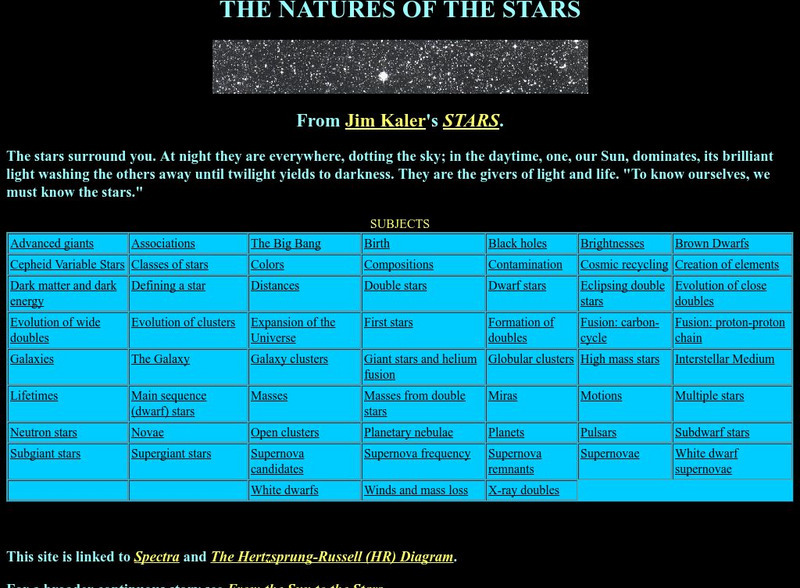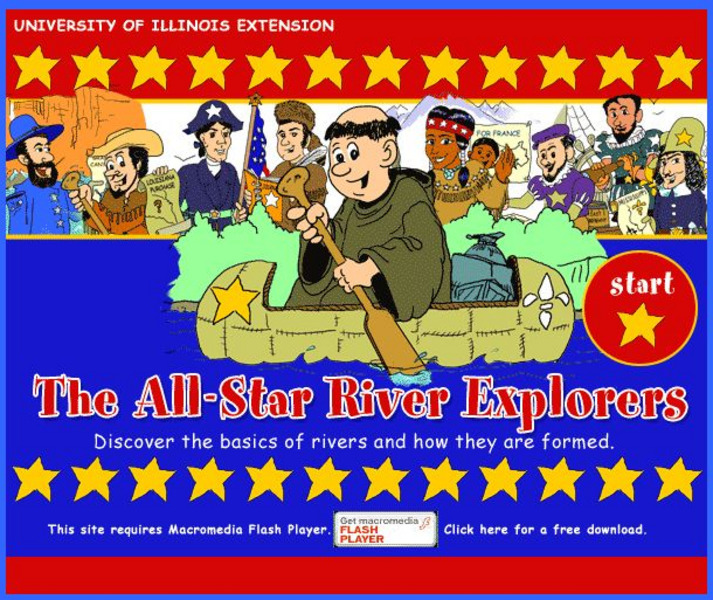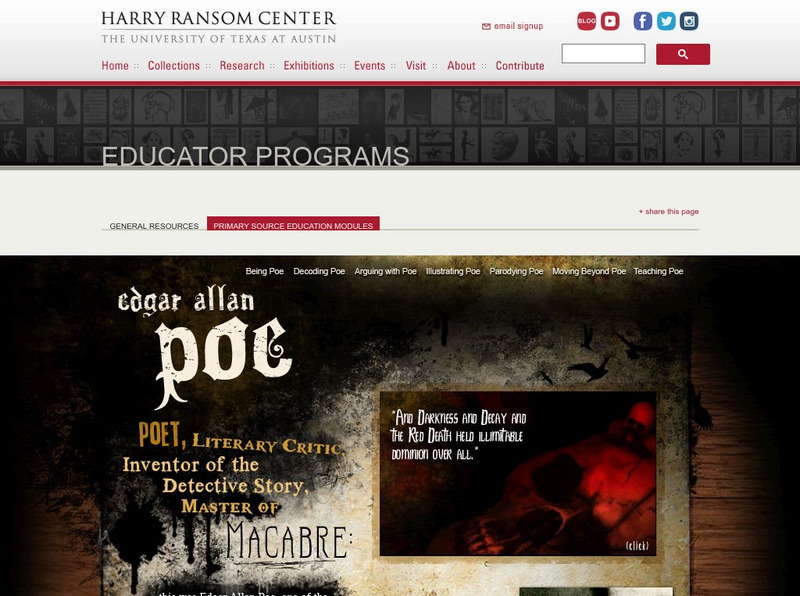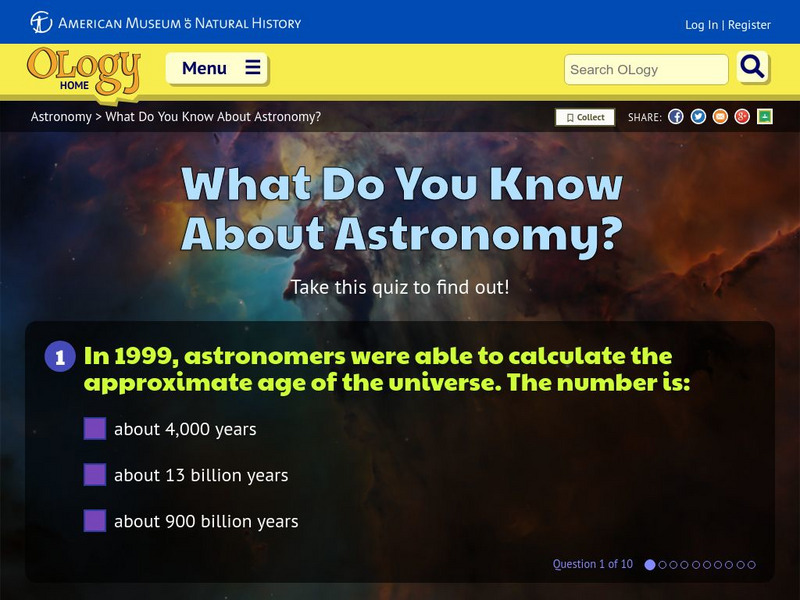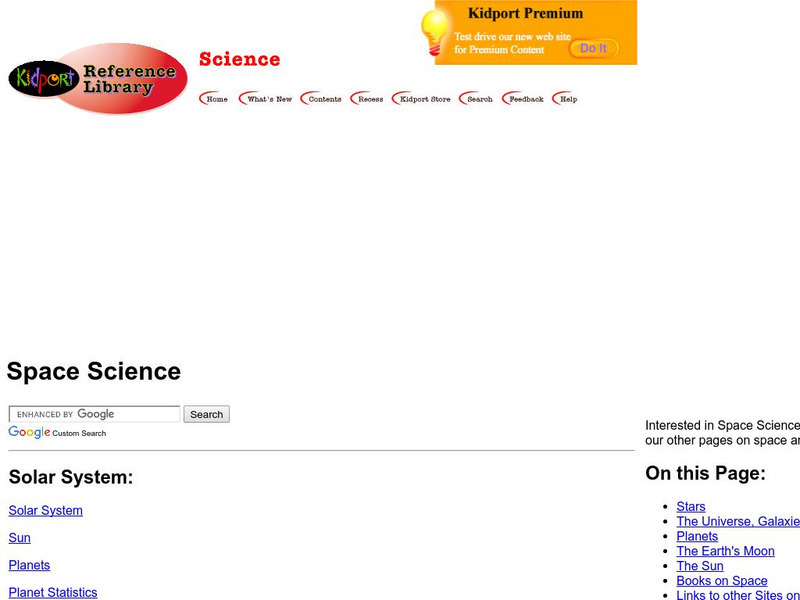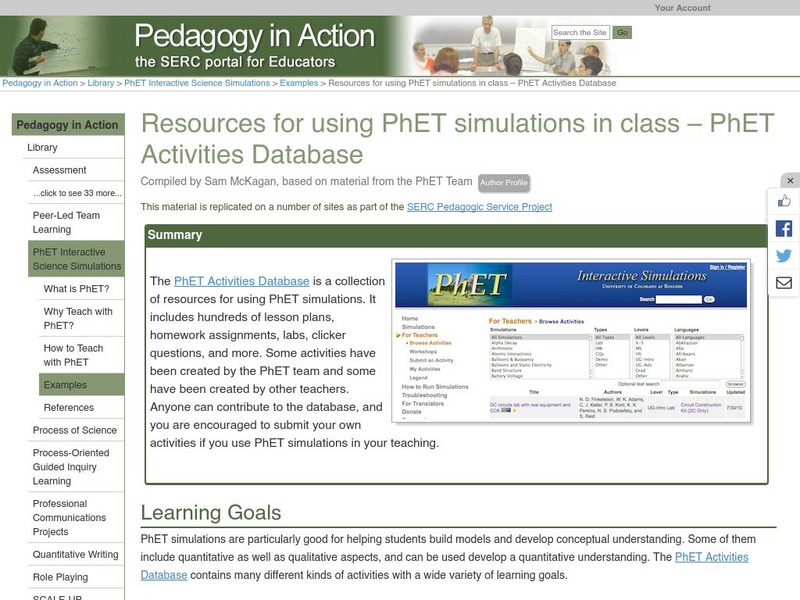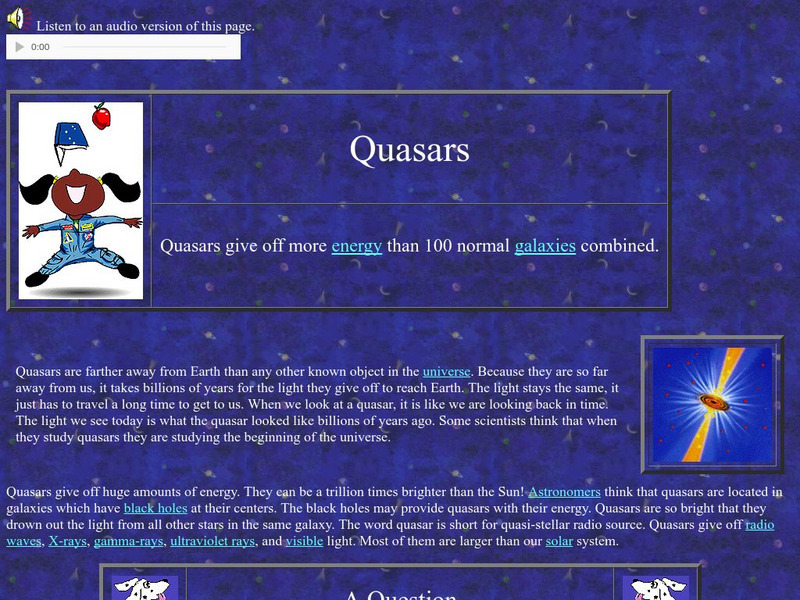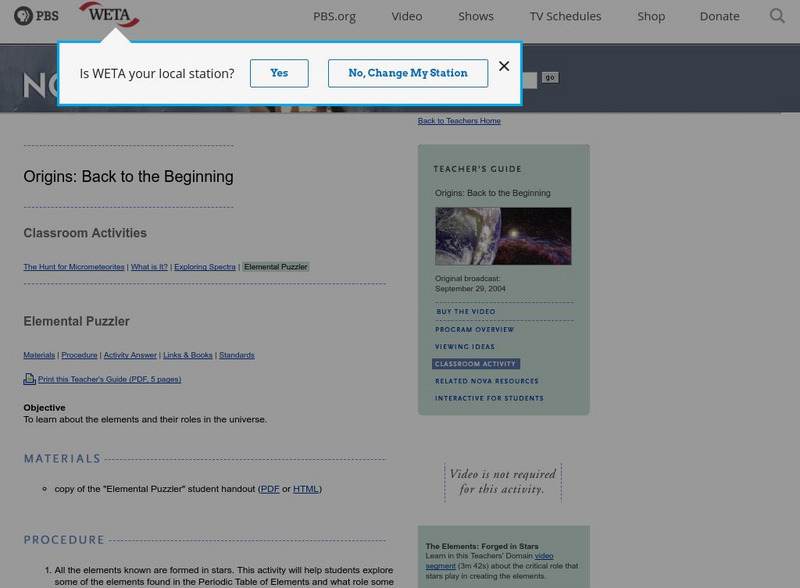NASA
Nasa Star Child: Star Child
StarChild from NASA defines and describes the Solar System in a simple and easy-to-understand manner. The website is broken down into two versions for the student, grade school and junior high.
University of Illinois
University of Illinois: Stars and Constellations: Red Giant Stars
This resource discusses advanced giants, super giants, and giant stars. Links in the information provide further information on specific terms.
American University
American University: Fourth of July Celebrations Database
This database was begun in 1995 by James Heintze, Librarian at American University in Washington, D.C. Its purpose is to bring together in one source selected examples of Fourth of July celebrations that have occurred throughout our...
University of Illinois
University of Illinois Extension: All Star River Explorers
An interactive site to teach students how rivers are formed, how they change, and why they are important. Cross-curricular activities in language arts, math, science, social studies, and art, some of which include worksheets to download,...
University of Texas at Austin
University of Texas: Ransom Center: Edgar Allan Poe
Investigate Edgar Allan Poe's life and work in this multimedia site that goes beyond Poe's writing and looks at how others have responded to his work. Listen to readings of some of Poe's best-known poems and try your hand at imitating or...
Other
Sea and Sky: A Tour of the Solar System
Take a virtual tour of the solar system starting with detailed information about the sun.
University of Toronto (Canada)
University of Toronto: Selected Poetry of John Keats
This site contains 22 poems written by John Keats and some biographical information about him. The titles of the poems link to their full text.
Other
Paper Plate Education: Serving the Universe on a Paper Plate
Excellent resource for "paper-plate" activities that help simplify various astronomy topics. Learn how to build a "Moon Finder" and "Planet Pointer," and create a paper-plate model that explains the Transit of Venus.
American Museum of Natural History
American Museum of Natural History: O Logy: What Do You Know? Astronomy
Take this ten-question self-scoring quiz to test your knowledge of astronomy facts: age of the universe, why stars and planets are spheres, where other life might exist in the outer space, the Milky Way, and more.
Society for Science and the Public
Science News for Students: Twinkle, Twinkle Oldest Stars
Astronomers have determined how super-bright galaxies can be used to detect the faint glow of "cosmic fog." Cosmic light is light that has left every star and now lingers in the universe, including light from stars that have burned out.
Kidport
Kidport: Space Science
This complete resource will help students to improve their understand of space exploration. Includes images of the universe, galaxies, stars and planets.
Other
University of Leicester: Sun
Provides a brief overview of the Sun, including a focus on solar eclipses, solar wind, and solar sailing.
A&E Television
History.com: 8 Ways the Original 'Star Trek' Made History
When "Star Trek" premiered on NBC in the fall of 1966, it promised "To boldly go where no man has gone before." More than half a century later, it has done just that. The original "Star Trek," which lasted for only three seasons, birthed...
Utah Education Network
Uen: Heavy Elements Game
Students will play the "Heavy Element" game to learn about star cycle and the formation of heavy elements in the universe.
Science Education Resource Center at Carleton College
Serc: Resources for Using Ph Et Simulations in Class Ph Et Activities Database
The PhET website at the University of Colorado in Boulder has a large collection of science simulations for teaching chemistry and physics, available in many languages. This page describes the Activities Database, which is searchable by...
NASA
Nasa Star Child: Quasars (Level 1)
Learn why quasars are the brightest things in the universe. Vocabulary words linked to a glossary of terms and a printable version are available.
NASA
Nasa Star Child: What Is a Light Year and How Is It Used?
This is a definition and example of how distance is measured in astronomy, such as the distance between our earth and the stars.
University of Wisconsin
The Why Files: Things That Go Bump in Space
Contains an introduction to x-ray astronomy, describing how x-rays are being used by scientists to learn about the universe. Also contains links to sites describing black holes, dark matter, neutron stars, and how they are investigated...
PBS
Pbs Teachers: Origins: Back to the Beginning
Explore the elements found in the Periodic Table of Elements and what role some of them play in the universe. Test your knowledge of the elements and the organization of the table by completing a puzzle.
ClassFlow
Class Flow: We Are Part of a Larger Universe
[Free Registration/Login Required] The flipchart was made a culminating activity for a unit of study on mapping. It starts with a video on the sky, stars and then a brief look at the universe to earth with images then addresses are...
Khan Academy
Khan Academy: Quiz: Creation of Complex Elements
Take a five question quiz to review over your knowledge of the formation of complex elements and where they are found throughout our universe. The quiz is multiple choice.
University of Virginia
University of Virginia: How the Greeks Used Geometry to Understand the Stars
An article explaining how the Greeks were able to use their science and mathematics to predict where astronomical objects such as the Planets could be found in the nighttime sky even though their underlying premise was that the earth did...
Other
University of Cambridge: Astro Adventure
Imagine a time when you can travel through space, planet to planet, cheaply and in comfort, when you can take a trip to the stars as your next holiday. Well, imagine no more. Learn more about the solar system as you take this trip of a...
Other
Montana State University: How Much Would You Weigh on Distant Planets?
This resource contains a lesson plan in which students study the effects of gravity on the planets of the Solar System. They will view movies from the lunar Apollo missions, calculate their own weight on other planets, and propose what...

